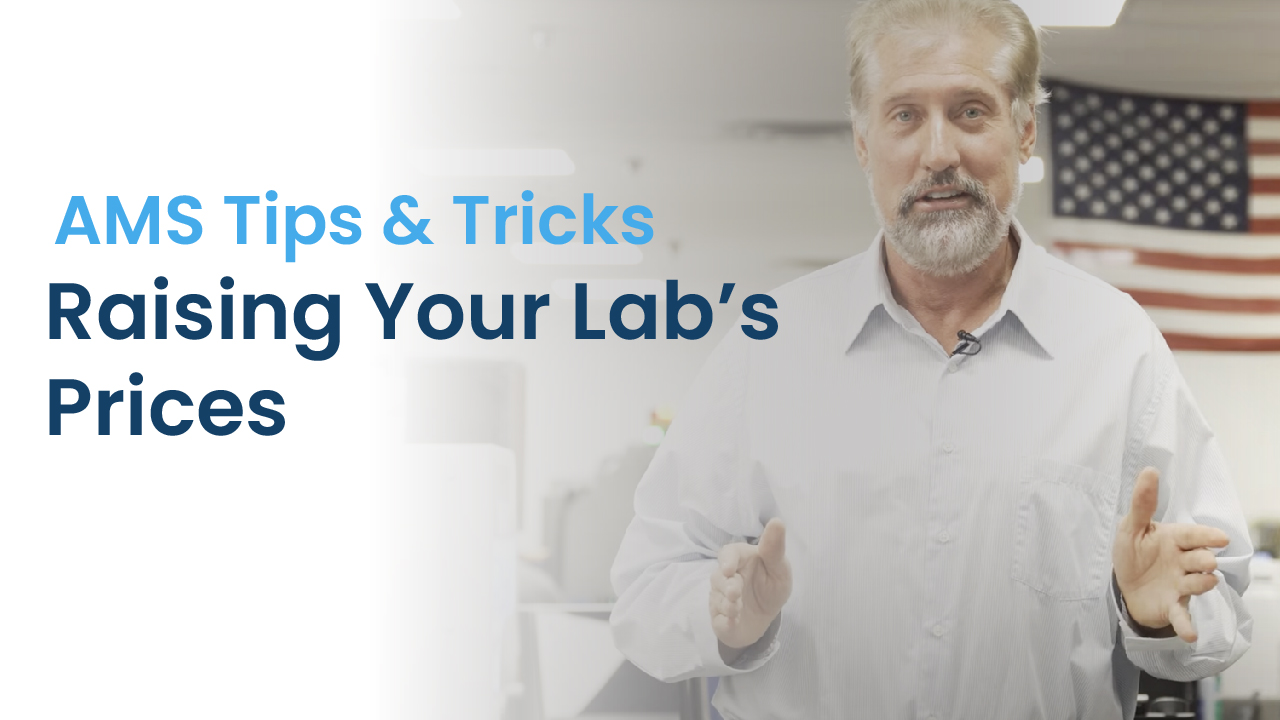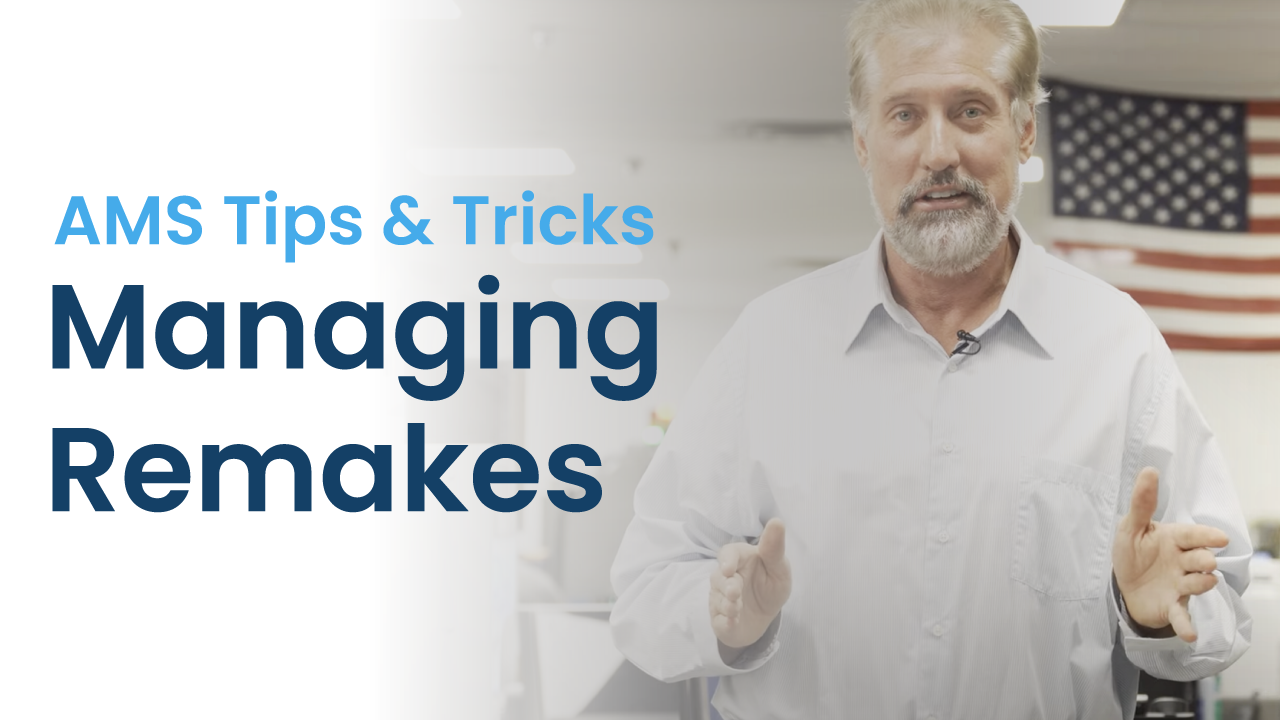Let’s get ready to rumble with another episode of AmericaSmiles: Tips, and Tricks. In today’s episode, I want to talk about how to raise your prices and raise your fees for your dental lab. It’s a real sensitive subject. It’s a challenging subject to approach. Most people are scared to death to raise their prices. Some aren’t.
I’ve worked with a lot of labs and my busiest labs, on average, are my most expensive labs. To them, I say, “Let me guess, you’re on the higher end of the scale”. They inevitably always are. So anybody can race to the bottom, but let’s get rid of that theory. Should you be high? Should you be low? Should you be middle? Let’s wipe that out; everybody has talked about raising their prices.
For the sake of argument, let’s say you, the viewer, have not raised your prices in some time or are hesitant to do so, and perhaps you are wondering if you should announce your price increase. But let me as you a question; Does your dentist notify you when he’s raising his prices? “Hey, I just want to let you know that I’m making more money selling your crowns at 1500 bucks a crown today!”. No, they’re not telling you that. So, they raised their prices and they’re putting that cash right in their pocket. And! They’re not worried about notifying you. With that in mind, should you inform them? Should you not? There are arguments on both sides personally. But, I never have. I’ve always just raised my prices. I have always found, personally, that advertising a price increase is bad PR.
Now, let’s discuss how to go about letting people know about raising your prices. Most people would agree that you’re better off announcing a price increase, but here’s the deal. When you’re talking to the doctors about a price increase, you got to speak to them about a couple of other things too. First of all, you’d rather not work than work for free; it’s tough to make a lot of money in the lab. You’ve got to explain to them, that to grow your business and continue to increase your value proposition to that dentist, you need to be able to grow at the pace of business and the needs of the market. That requires having the liquidy to expand your staff, invest in the latest equipment and in innovations that could improve how you do business together.
You may want to have a model department. You may want to have designers. You may want to have people run your mills and you’re competing with 15 and 20 bucks an hour at Walmart and at Amazon making good people that you can afford hard to find. Remind doctors that in the last 15 years, 13,000 laboratories have closed their doors. In the past, we had 18,000 labs in the US. Today, there may be between 5,000 and 6,000. On top of that, lab techs and workers are deciding there are easier ways to make money. So when you add all that up, the number one consideration for your dentists is this: restorative dentistry is their cash cow. Therefore, they’ve got to support you. You’re their partner in restorative dentistry; the most valuable part of your practice. How else are they going to pay off those student loans?
So you’ve got to make the point to the doctor who has reaped the benefit of the speed and communication working with your local business. Yes, they can go to Glidewell, but that is going to come with more compromises. Sooner or later, they’re going to rue the day when the local lab is gone, and they’re at the behest of a faceless corporation that makes no concessions or considerations for their small practice. Again, you’re their partner. Is that dentist really prepared to end that partnership over a fair and likely, long-coming price increase that amounts to a modest percentage of the whole transaction?
Speaking in dollars and cents, if a doctor is getting a thousand bucks a crown and you’re charging a hundred dollars, it’s only 15%. He’s got a 15% expense on his thousand. If you were to increase your rate to 180 bucks a unit, he’s going to say, well, that’s a 20% increase. Yeah, it might be a 20% increase, but it’s still only 18% of their expense, amounting to only a 3% price increase on their bottom line.
As lab techs, we are skilled tradesmen. We can find other work if push comes to shove, but can that dentist say the same, and is it worth the risk over so little? Will those corporate labs be so considerate?
You have to learn to speak to these guys this way. Let’s save the dental lab industry! Let’s keep quality technicians. Let’s get the price we deserve. Take them by the….uh…we’ll call them guts. Raise those prices.
That’s all I got for today’s AmericaSmiles, tips, and tricks.
 June 16 - July 11, 2025
June 16 - July 11, 2025










